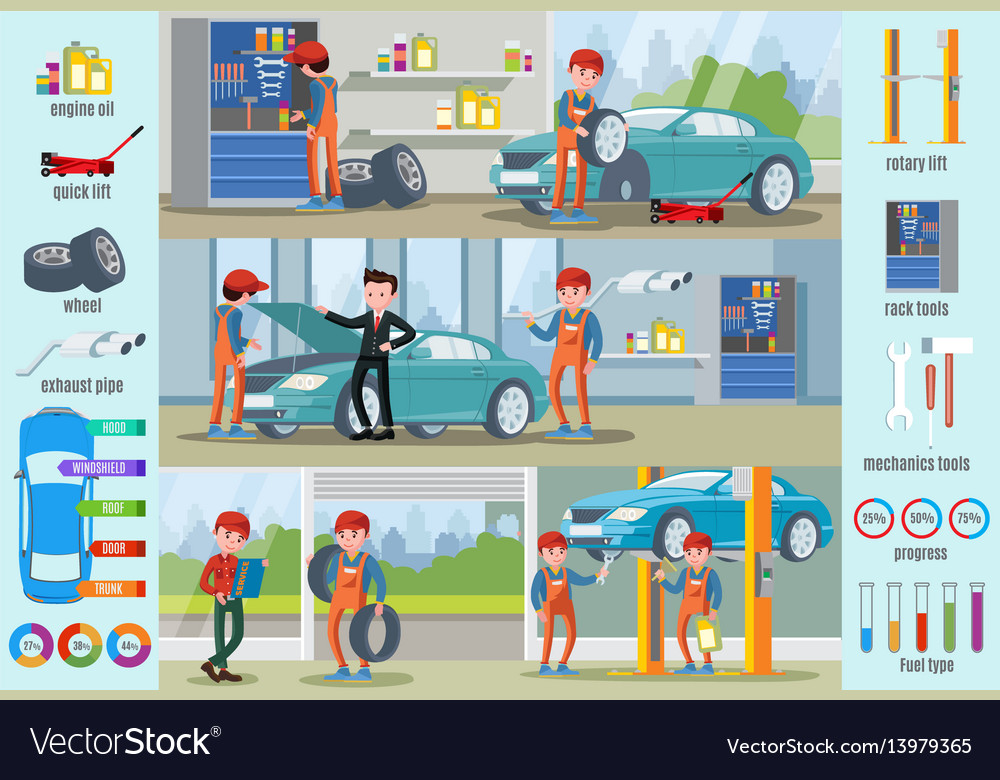Seeking Clarity On The Warning Lights Presented On Your Auto'S Control Panel? Find Out Just How They Relate To Your Automobile'S Health And Wellness
Seeking Clarity On The Warning Lights Presented On Your Auto'S Control Panel? Find Out Just How They Relate To Your Automobile'S Health And Wellness
Blog Article
Write-Up Writer-Boye Shepherd
When you lag the wheel, those glowing warning lights on your control panel can be a bit puzzling. Do wash detail car know what they're trying to inform you regarding your car's wellness? Understanding the significance of these lights is vital for your safety and security and the long life of your car. So, the following time one of those lights appears, wouldn't you want to decode its message properly and take the required steps to address it?
Common Warning Lighting and Interpretations
Recognize typical caution lights in your cars and truck and understand their definitions to make sure secure driving.
The most common caution lights consist of the check engine light, which signals issues with the engine or discharges system. If this light comes on, it's critical to have your lorry examined without delay.
The oil stress cautioning light suggests low oil pressure, needing immediate interest to avoid engine damage.
A flashing battery light could recommend a faulty charging system, potentially leaving you stranded otherwise attended to.
The tire stress surveillance system (TPMS) light alerts you to reduced tire pressure, affecting automobile security and gas efficiency. Disregarding this can bring about unsafe driving conditions.
The abdominal light shows a problem with the anti-lock braking system, endangering your ability to quit rapidly in emergency situations.
Finally, the coolant temperature alerting light warns of engine getting too hot, which can lead to extreme damages if not resolved quickly.
Comprehending these typical caution lights will help you deal with problems immediately and keep risk-free driving problems.
Value of Prompt Attention
Comprehending the common caution lights in your auto is just the first step; the value of immediately resolving these cautions can not be emphasized sufficient to guarantee your safety when driving.
When car detailing specialist illuminates on your dashboard, it's your auto's method of interacting a possible problem that needs interest. Disregarding these warnings can cause extra serious issues later on, jeopardizing your safety and possibly costing you more out of commission.
Prompt interest to cautioning lights can avoid break downs and crashes. As an example, a blinking check engine light could suggest a misfire that, if left ignored, might create damage to the catalytic converter. Resolving this without delay can conserve you from a pricey repair work.
Likewise, https://clark.com/cars/find-a-mechanic/ cautioning light could signify low brake fluid or used brake pads, essential parts for your safety and security when driving.
Do It Yourself Troubleshooting Tips
If you observe a warning light on your dashboard, there are a few DIY repairing tips you can attempt prior to looking for specialist assistance.
The initial step is to consult your cars and truck's handbook to recognize what the particular caution light shows. Occasionally the problem can be as basic as a loose gas cap causing the check engine light. Tightening up the gas cap may resolve the problem.
An additional common concern is a low battery, which can activate numerous alerting lights. Inspecting the battery connections for deterioration and guaranteeing they're safe might repair the issue.
If a warning light continues, you can attempt resetting it by separating the car's battery for a few mins and afterwards reconnecting it. Furthermore, examining your vehicle's liquid degrees, such as oil, coolant, and brake fluid, can assist troubleshoot alerting lights connected to these systems.
Conclusion
In conclusion, understanding your cars and truck's caution lights is essential for keeping your lorry running smoothly and securely. By quickly attending to these informs and understanding what they indicate, you can stay clear of pricey repair work and prospective breakdowns.
Bear in mind to consult your vehicle's handbook for certain information on each cautioning light and do something about it as necessary to ensure a trouble-free driving experience.
Remain informed, stay risk-free when traveling!
